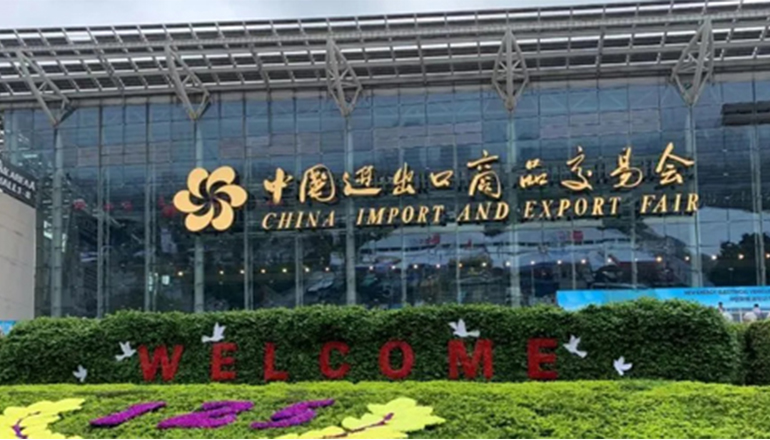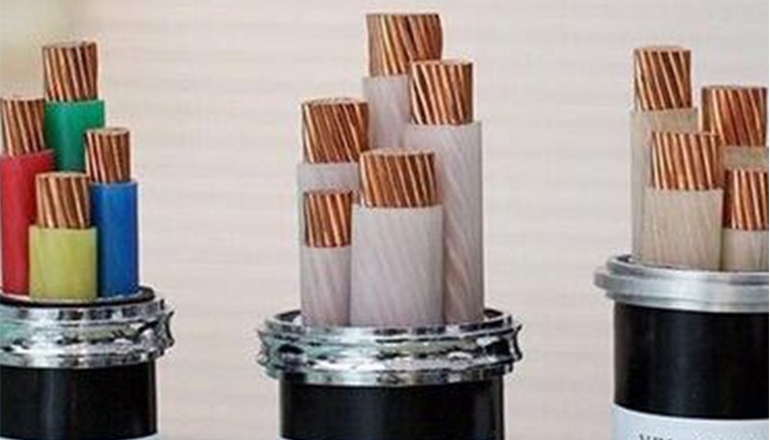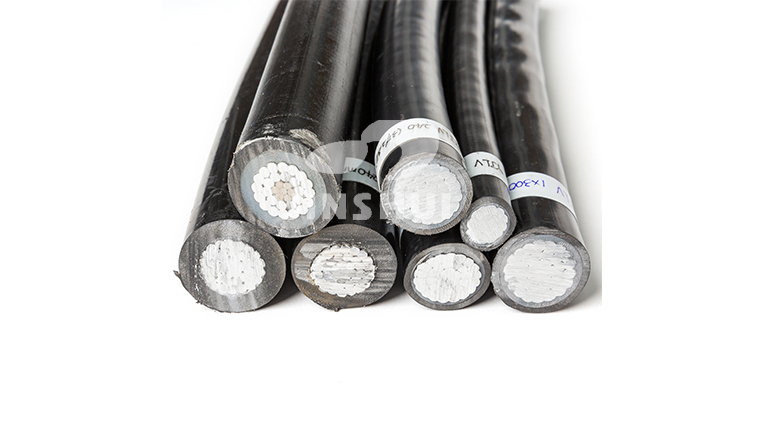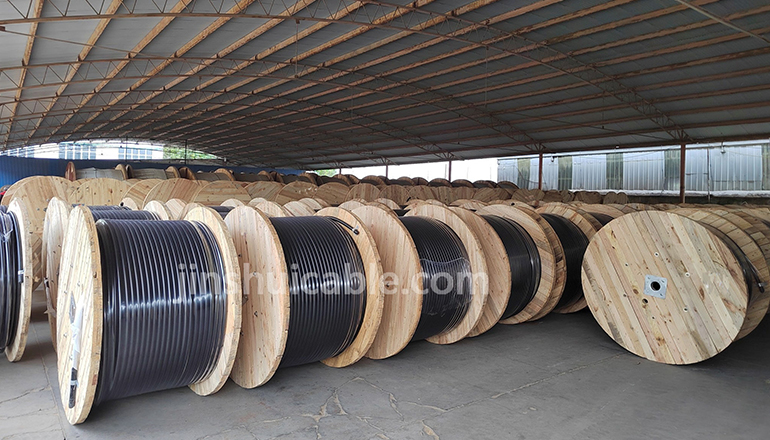- Offices Time:24 Hours Online
- Email:[email protected]
- WhatsApp:+8618339938759
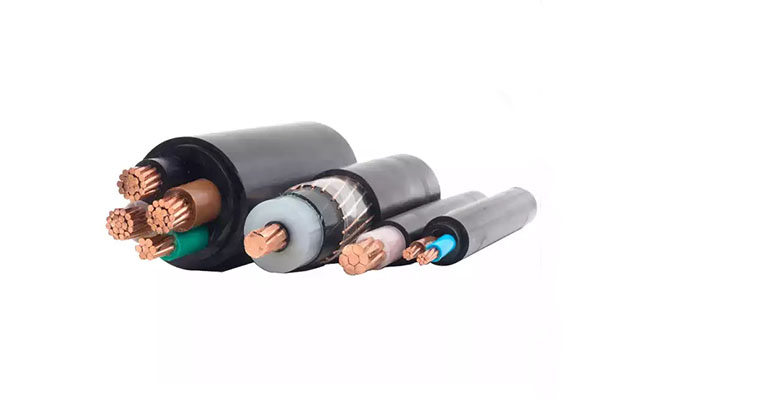
Posted on December 5, 2022
How to lay low-voltage power cables?
XLPE insulated low-voltage power cables not only have excellent electrical properties, mechanical properties, heat aging resistance, environmental stress resistance and chemical corrosion resistance, but also have a simple structure, easy to use, not limited by the laying drop, and can work for a long time High temperature, large transmission capacity and other advantages, XLPE insulated power cable products include a full range of flame-retardant and non-flame-retardant XLPE insulated power cables.
1.Use characteristics
The maximum rated temperature of the cable conductor is 70°C.
The maximum temperature of the cable conductor does not exceed 160°C when short-circuited.
The ambient temperature when laying the cable is not lower than 0°C, the minimum bending radius: 20 times the outer diameter of the cable for single-core unarmored cables, 15 times the outer diameter of the cable for single-core armored cables; 15 times the outer diameter of the multi-core unarmoured cables The outer diameter of the cable, the multi-core armored cable is 12 times the outer diameter of the cable.
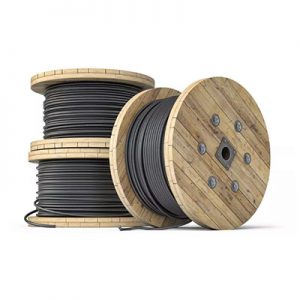
2.Cable laying
When laying low-voltage power cables, the cable temperature is not lower than 0°C, and when the ambient temperature is lower than 0°C, the cables should be preheated.
Minimum bending radius for laying: 20 times the outer diameter of the single-core unarmored cable, 15 times the outer diameter of the single-core armored cable; 15 times the outer diameter of the cable for multi-core unarmored cables, 12 times the outer diameter of the multi-core armored cable times the outer diameter of the cable.
After the cable is laid, it should be subjected to a DC withstand voltage test for 15 minutes with a test voltage of 3.5kV.
(1) laying in the air
When single-core cables are laid in parallel, the center distance: 185mm and below is twice the cable diameter, and 240mm and above is 90mm.
Ambient temperature: 30°C.
Conductive wire core maximum allowable temperature: 70°C.
(2) Direct buried laying
When the single-core cable is laid without contact, the center distance is twice the diameter of the cable.
Ambient temperature: 25°C
Conductive wire core maximum allowable temperature: 70°C

3.Precautions for laying low-voltage power cables in winter
(1) Before the cable is laid, adequate preparations must be made. Before the arrival of winter construction, relevant construction personnel should be organized to learn construction measures and preventive measures, and be familiar with construction drawings and technical documents related to cable laying. And formulate a strict winter construction management system, strictly implement the relevant winter construction regulations, specifications and formulated construction measures and preventive measures to ensure that people, machines, materials, and materials can survive the winter smoothly, and ensure that the project quality and progress will not be affected. Then, according to the established construction measures and preventive measures, make a good material plan. The material department should do a good job of supplying the required materials according to the plan, including insulation materials, antifreeze, cold protection, anti-skid, heating materials, etc., and erection related materials. Materials required for the facility. And ensure that the construction road is smooth, the ice and snow are removed in time, and the working surface is not frozen.
(2) During the cable laying process, care must be taken. For example, due to the low temperature in winter, when enough snow accumulates, the surface is easily covered with snow and ice. When the weight of the ice layer exceeds the acceptance capacity of the wires and cables, the wires and cables are suspended outdoors. It is easy to cause the cable to tilt the transmission tower or pull down the utility pole and the cable itself to break. Then, in order to prevent this from happening, we should pay attention to the selection of materials that can resist the cold.
(3) If the temperature is lower than -5°C degrees for open-air operations, a heating lounge should be set up near the construction site, and the heating facilities should comply with fire prevention regulations. The construction heating and heating facilities must hang obvious signs to prevent personnel from being burned.
(4) When the ambient temperature of the cable storage location is lower than the use conditions of the cable, the cable needs to be stored in a warm place for 24 hours before laying.
All in all, cabling is generally discouraged or even not allowed in conditions of very low temperatures. Especially in areas with lower temperatures, the temperature is lower in winter, so except for necessary accident repairs, cable laying projects should be avoided as much as possible. In addition, as modern buildings become more and more advanced, higher requirements are put forward for cable laying in winter. It is necessary to conduct research from the perspectives of reducing engineering construction costs and improving laying work efficiency, so as to improve the comprehensive competitiveness of wire and cable manufacturers.
Jinshui Wire&Cable Group is a low-voltage power cable manufacturer, which has provided customers with safe and reliable products and services for many years. During the production process, we constantly improve the company’s innovation and R&D capabilities, in order to constantly provide customers with better services in terms of production technology.
Post categories
Most Popular Posts
-
The 135th China Canton Fair
March 20, 2024 -
What are the laying methods of copper core wires and cables?
January 9, 2024 -
What are the advantages of aluminum conductor cables?
December 14, 2023 -
Characteristics of high temperature wires and cables
December 7, 2023


